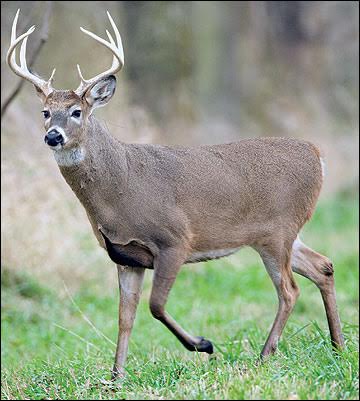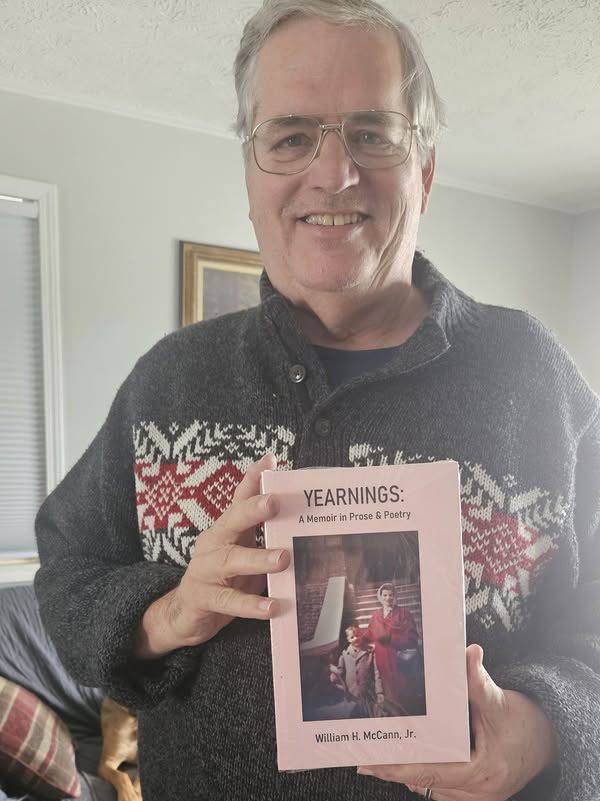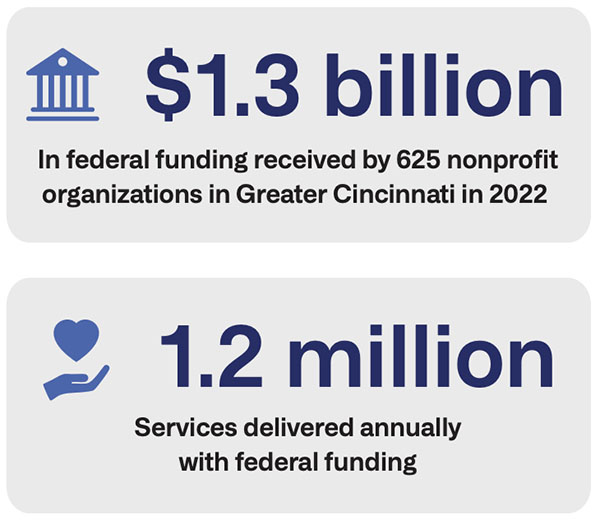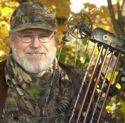In the perfect season, a deer hunter would be more successful at harvesting deer, the deer on the property being hunted would be healthier, both physically and socially.
With a balanced sex ratio of deer, and an older age structure of bucks, a hunter would have a realistic chance of seeing and harvesting a mature buck with large antlers.
In short, it would be an enjoyable and memorable deer season for a number of reasons.
In truth, a deer season like that is not some unattainable pipe dream. It can happen if landowners and hunters follow a few rules, implement habitat practices, and think towards the future. The management philosophy that can make this happen is called quality deer management.

It was not until 1988, and the founding of the Quality Deer Management Association (QDMA), that the details of the philosophy became widely known to the deer hunting public.
Through the years the non-profit conservation organization has worked to promote sustainable, high-quality deer populations, wildlife habitats and ethical hunting experiences through research, education, advocacy, and hunter recruitment.
As defined, this management philosophy/practice brings together landowners, hunters, and deer managers with a common goal of producing biologically and socially balanced deer herds within existing environmental, social, and legal constraints.
Here are some observations about the most important guidelines of the philosophy:
* Harvest Does to Maintain Healthy Deer Population
It is critically important to harvest an adequate number of does to control herd growth, maintain a healthy population that is in balance with existing habitat conditions and landowner desires. Here in Kentucky, our 120 counties are divided into four deer management zones.
In the Zone 1 counties, which comprise a majority of Central Kentucky, deer herds need to be reduced in size. Herd densities are way above target, and the sex ratios (the number of does to every buck) are unbalanced in most areas.
In these counties, the harvest of antlerless deer is especially important because it slows herd growth. Ideally, there should be no more than two does for every buck in the herd, with an overall goal of maintaining a younger age class of does and an older age class of bucks.
In good habitat, older does can have two, sometimes three fawns, and they tend to run off their buck fawns. Want more bucks on your hunting property, a balanced sex ratio of deer and a smaller, higher quality herd? Then concentrate on harvesting older does early in the season.
* Protect Young Bucks from Harvest
If you want an older age class of bucks on your hunting property, protect young bucks from harvest.
This means passing up yearling bucks, and most 2 1/2-year old bucks, allowing bucks to reach at least 3-1/2 years of age before harvesting. A good rule of thumb is antlers must be out beyond the ears before a buck can be taken.
But there are exceptions. If there’s a youth hunter or someone new to the sport who has never taken a buck, or an older friend or family member in the twilight years of hunting, by all means let them take any buck they want. One important aspect of successful deer management is keeping hunters onboard with the longterm goals.

Research has shown that the three main factors that greatly influence deer antler and body development are age, nutrition and genetics. Kentucky’s deer herd has good genetics, and there’s plenty of food in most regions of the state, so age is usually the limiting factor to the production of trophy antlered deer. Let the small bucks walk, and in a few years you’ll see big antlers.
If the buck you kill is the best your land can produce for his age class, and you enjoyed the experience, then you’ve realized the benefits of quality deer management.
Having a range of age classes of bucks in your herd has many benefits, as hunters will witness the full range of social behaviors. This includes:
* Bachelor groups of bucks will be observed during the summer feeding late in the afternoons in fields.
* Rubs and scrapes will be more common in the woods.
* Hunters will more bucks chasing does, and hear vocalizations like grunting and estrus bleats.
* Calling techniques like antler rattling are more productive.
* Overall, the rut is more apparent and intense, leading to a more enjoyable hunting experience and higher hunting success.
* Other benefits include dramatically increased success at finding shed antlers, which also leads to greater knowledge of travel corridors, bedding areas and feeding habits.
* Improve Habitat
Improving habitat is an ongoing, year-round effort. Develop a plan that involves seasonal mowing, planting forage, and timber management.
Want more deer to spend time on your hunting area, and move more during daylight hours? One key is early successional cover, the so-called old field environment. Use a seasonal mowing regime to rotate the areas being cut so that your property will always have a few overgrown fields where deer can feed on green vegetation, bed and escape predators. Deer feel safe in heavy cover.
For more outdoors news and information, see Art Lander’s Outdoors on KyForward.
Don’t overlook the benefits of timber management. Open woods of large trees provide little food for deer most of the year. Cut or girdle undesirable species of trees to enhance the growth of oaks, the most important tree species for deer. Opening up the canopy to sunlight will also stimulate the growth of understory vegetation, creating food for deer.
Cut extensive stands of cedar trees, to create openings in the edge along hardwood forests. Plant quality forage, such as clover, winter wheat and alfalfa. Small plots will concentrate does so that they can be harvested early in the season.
* Network with the Neighbors and Keep Records
Since most of rural Kentucky is made up of small farms, it only makes sense to introduce yourself and your quality deer management efforts to your hunting neighbors. Management efforts will be more effective, the larger the tract of land involved.
In practice, you will be forming a cooperative. Exchange names and telephone numbers, and keep logs of deer observed and details of the deer harvested so you can compare notes.
Use trail cameras to get a better handle on the number of deer using your property during various times of the year. As the seasons pass these herd monitoring efforts will help you assess the status of the herd in your local area more accurately.
Deer management is fascinating, and working towards improving the quality of deer on your property will only increase the enjoyment of your time afield. Good luck, hunt hard and hunt safe.
To learn more about quality deer management, visit the website: https://www.qdma.com/.
Art Lander Jr. is outdoors editor for NKyTribune and KyForward. He is a native Kentuckian, a graduate of Western Kentucky University and a life-long hunter, angler, gardener and nature enthusiast. He has worked as a newspaper columnist, magazine journalist and author and is a former staff writer for Kentucky Afield Magazine, editor of the annual Kentucky Hunting & Trapping Guide and Kentucky Spring Hunting Guide, and co-writer of the Kentucky Afield Outdoors newspaper column.


















